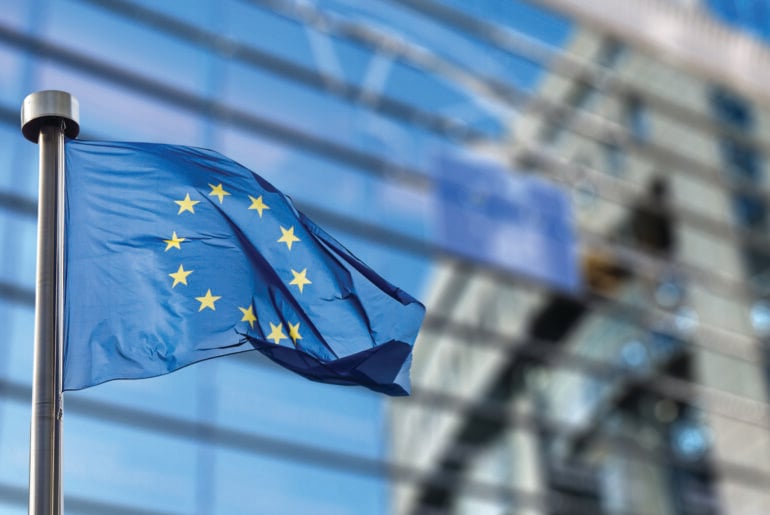The Competition and Markets Authority (CMA) has been focusing lately on the adverse impacts of Online Choice Architecture (OCA) and how it can hurt competition and consumers. The situations in which people make decisions and how alternatives are presented to them are described by choice architecture. In online settings, choice architecture is the environment in which users act, including the display and positioning of options as well as the design of interfaces. OCA issues tend…
Brief refresher on the Data Governance Act (DGA): We covered the new wave of EU data-centric legislation that is being implemented to usher in stronger regulatory guardrails for data in our recent article on the EU Data Strategy, with one of the discussed laws being the Data Governance Act. The Data Governance Act (DGA) is aimed at increasing accessibility to data by regulating the re-use of publicly held protected data, increasing data sharing through the…
Last month, the European Supervisory Authorities (ESAs) launched a consultation package on the first batch of certain draft regulatory technical standards (RTS) and draft implementing technical standards (ITS) on certain aspects of the EU’s Digital Operational Resilience Act, DORA. You can find more detail in our alert here. The draft technical standards cover: the risk management framework that financial institutions (FIs) are required to introduce classification of ICT related incidents, and the test for classifying…
On July 10, 2023, the European Commission adopted its adequacy decision for the EU-U.S. Data Privacy Framework (“DPF”). US companies that participate in the DPF will be deemed to provide “adequate protection” under Article 45 of the EU General Data Protection Regulation (“GDPR”) for personal data transfers received from the European Union (“EU”) and European Economic Area (“EEA”). Why did the EC need to adopt the adequacy decision for the DPF? As we have previously written, the…
The US Office of the Director of National Intelligence (“ODNI”) announced today that it has fully implemented new safeguards under Executive Order 14086. See INTEL – ODNI Releases IC Procedures Implementing New Safeguards in Executive Order 14086. These steps clear the path for the European Commission to adopt the draft “adequacy decision” for cross-border data transfers pursuant to the EU-U.S. Data Privacy Framework. By way of brief background, in July 2020, the Court of Justice…
Core to the one-stop shop mechanism, the EDPB serves as an independent umbrella organisation for the European data protection authorities (DPAs). The EDPB’s role is central to ensuring consistent application of the GDPR across the EU and also settle disputes in matters of cross-border processing where a group of DPAs are unable to agree on a cross-border decision. The EDPB issued two (2) key guidelines on May 24, 2023: Guidelines 03/2021 on the application of GDPR Article…
The European Commission proposed its first draft of the cybersecurity legislation, the Cyber Resilience Act (“CRA”), on 15 September 2022. The CRA is one part of a range of EU legislative measures aimed at increasing the overall cyber security and cyber resilience of the EU and businesses operating within it. The CRA will create a new regulatory framework and set of rules for software and hardware products falling under the definition of “products with digital…
Cybercrime is an increasingly pressing problem for societies at large, with digital transformation, remote working and geopolitical issues bringing about increased cyber threats and attacks. In 2016 the European Parliament adopted the Network and Information Security Directive (NISD), the first EU-wide legislation on cybersecurity, and the revised legislation, NIS2, has just been published. NISD required the implementation of certain risk management and reporting obligations on operators of essential services (OES), which included entities maintaining critical…
On December 13, the European Commission (“EC”) announced a draft decision on the adequacy of the U.S data protection regime to protect the personal data of European Union (“EU”) residents, the EU-U.S. Data Privacy Framework (“DPF”). The DPF, which was initially announced in March 2022 as a political agreement between the EU and the U.S., and then bolstered by President Biden’s Executive Order (“EO”) in October 2022, opens the door for an EU-U.S. data transfer…
In March 2022, U.S. and EU leaders reached an agreement in principle on a new accord to protect data flows entitled the Trans-Atlantic Data Privacy Framework (“EU-U.S. DPF”). Today, the US Government has taken important steps to implement this critical data flow framework, and strengthen legal certainty for EU to US personal data transfers. First, President Biden signed an Executive Order on “Enhancing Safeguards for United States Signals Intelligence Activities” (“EO”). The EO enhances privacy…









